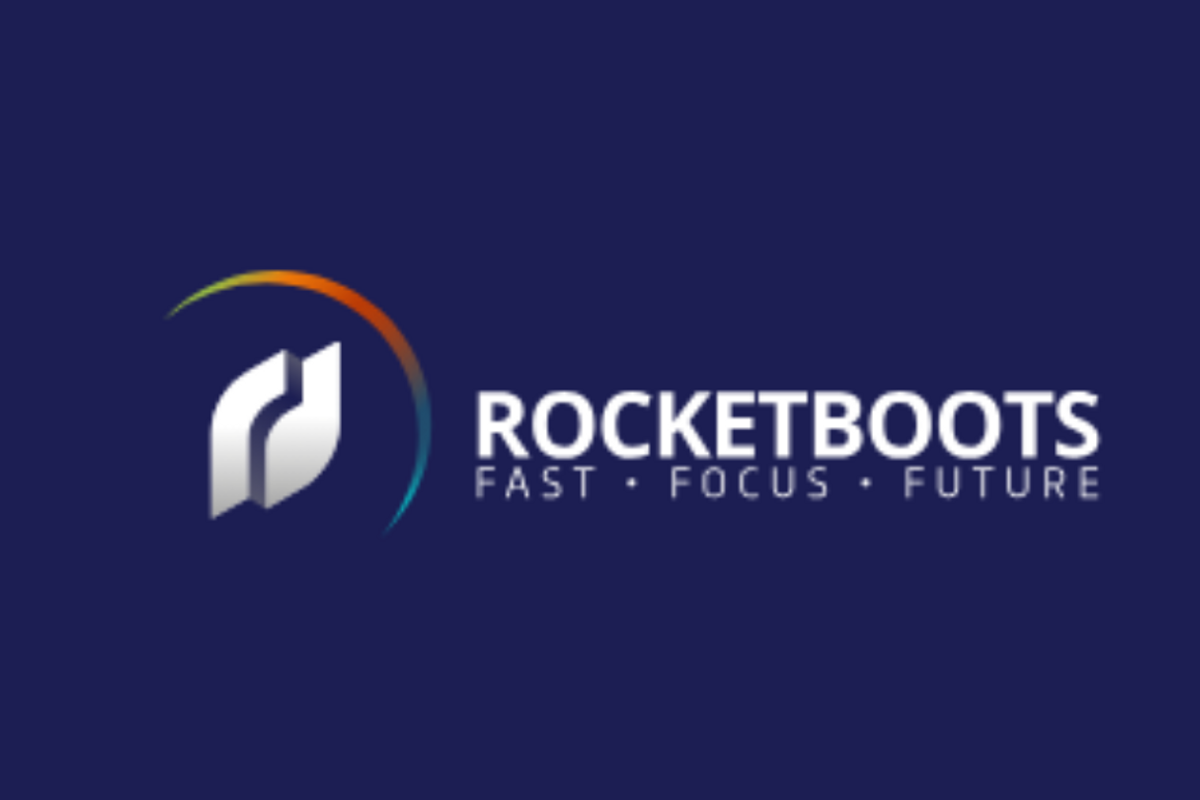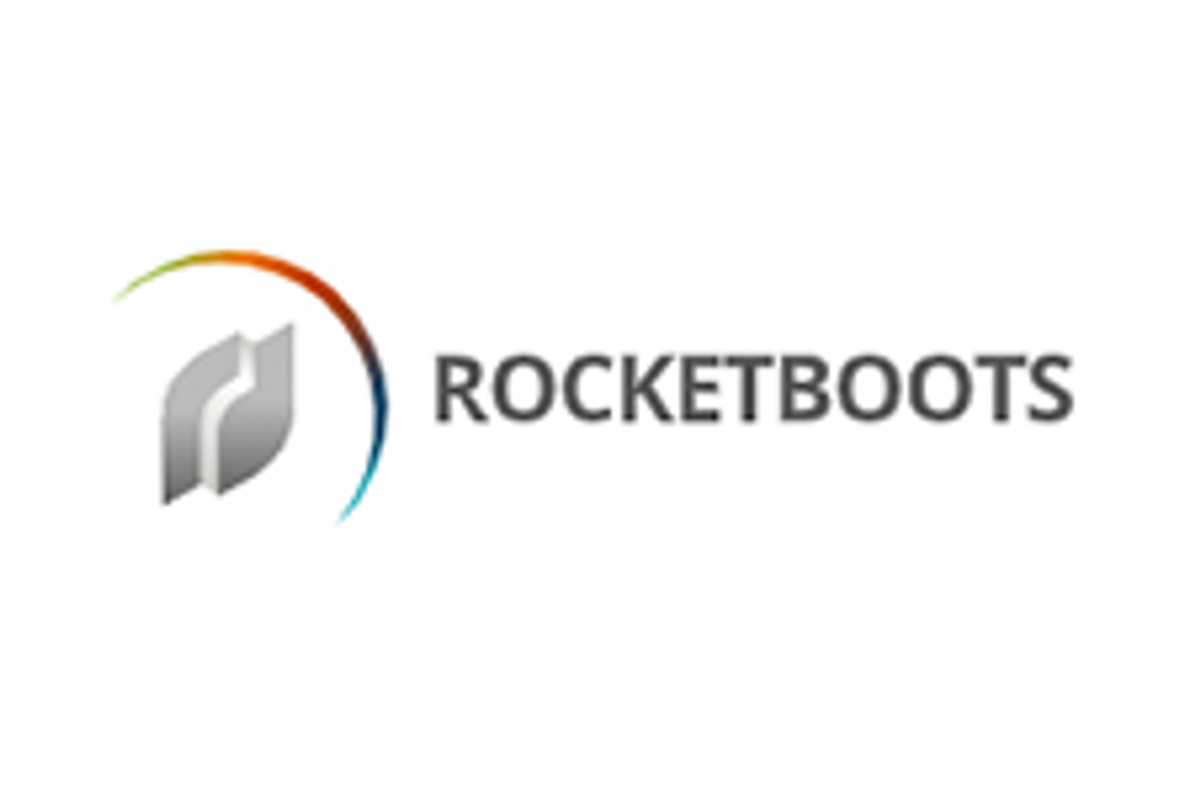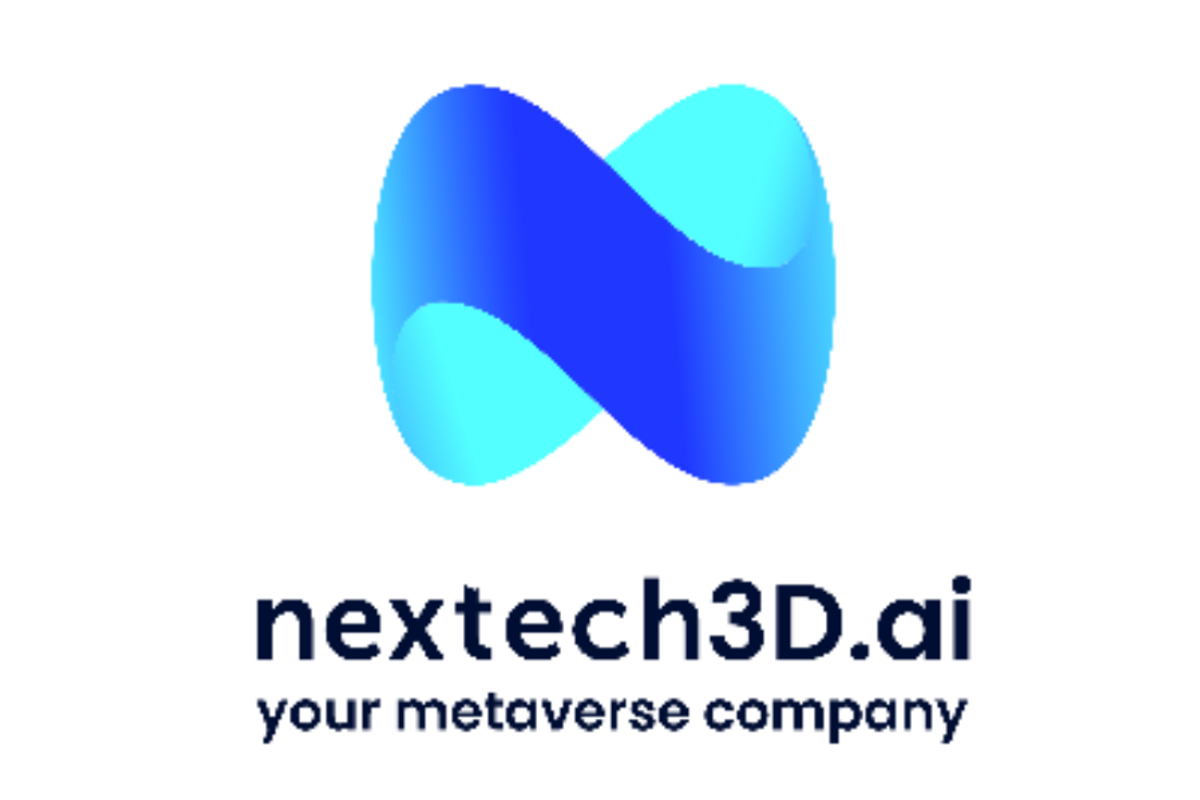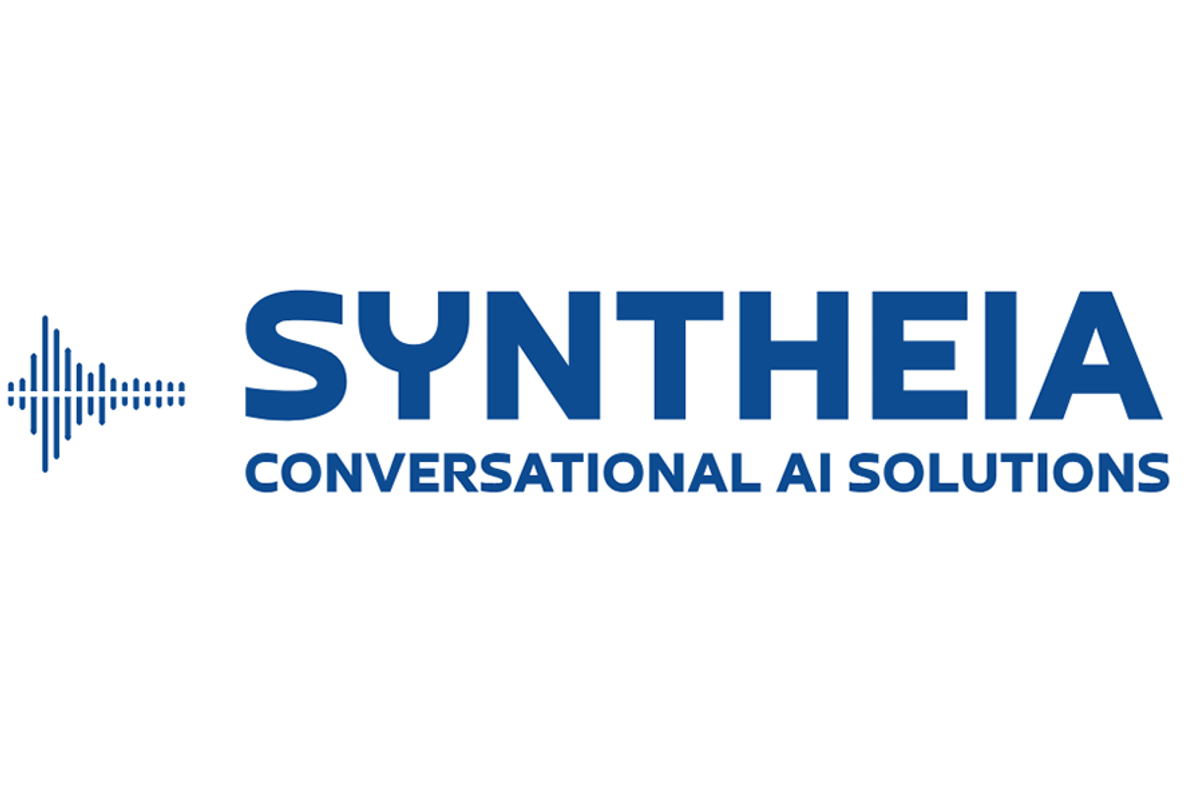
December 17, 2024
Artificial Intelligence software company RocketBoots Limited (ASX:ROC) (RocketBoots or the Company), is pleased to announce the appointment of Mr Roy McKelvie as Chairman, to guide the company through a period of material scaling. Mr McKelvie will invest $200k in RocketBoots, subject to shareholder approval, and cornerstone a raise for $500k at $0.085 per share (before costs) with other sophisticated investors (Placement).
Highlights
- RocketBoots appoints experienced investor and growth company specialist Roy McKelvie as Chairman
- New Chairman to invest in RocketBoots along with other sophisticated investors in a Placement to raise $500k
- Funds will primarily be used to execute on sales and customer initiatives that will deliver international expansion with a number of enterprise customers
- Further progress has been made with advanced stage customer discussions with several outcomes expected in early CY2025.
Transforming for Growth
Appointment of Mr Roy McKelvie
The Company is pleased to announce the appointment of Mr Roy McKelvie as Independent, Non-Executive Chairman effective today, who will replace Mr Hugh Bradlow. Mr McKelvie’s experience both investing in and leading growth phase businesses will be crucial to RocketBoots as it enters a major scaling phase with large customer contracting decisions approaching.
Mr McKelvie is well placed to provide corporate and public markets support during the Company’s next phase of international expansion, having over 25 years’ experience in private equity and financial markets in the US, UK, continental Europe, Asia and Australia. He has worked and consulted to companies across multiple sectors including financial services, resources, retail, business services and FMCG.
Mr McKelvie is currently Chairman at WageSafe, Pathify Holdings Inc, Infocus Wealth Management and Encompass Corporation. Prior to this, he was CEO of Transfield Holdings (previously ASX listed), MD and CEO of Gresham Private Equity, and MD and Asian Head of Deutsche Bank Capital Partners.
He has a BSc in Production Engineering from the University of Strathclyde and an MBA from the University of Edinburgh Business School.
RocketBoots Board of Directors would like to express their deep gratitude to Mr Bradlow for his services to the Company and as founding Chair. The Board thanks him for his substantial contribution taking RocketBoots to this point as we approach a material growth phase.
Mr McKelvie’s key employment terms are described in Appendix A.
CEO & Board Remuneration update
As a part of the transition for growth, the Company undertook a review of the remuneration package of the current Chief Executive Officer (CEO), Mr Joel Rappolt and the Board. The review focused on how best to align delivery of Company milestones with value to shareholders and reflects that no increases have occurred since IPO in 2021. As a result of the review, the Board confirms that the CEO’s total remuneration package has changed, effective as at 27 December 2024. Mr Rappolt’s new remuneration package is set out in Appendix B and the Board’s, which is subject to shareholder approval, set out in Appendix A.
Click here for the full ASX Release
This article includes content from Rocketboots Limited, licensed for the purpose of publishing on Investing News Australia. This article does not constitute financial product advice. It is your responsibility to perform proper due diligence before acting upon any information provided here. Please refer to our full disclaimer here.
ROC:AU

Sign up to get your FREE
RocketBoots Investor Kit
and hear about exciting investment opportunities.
- Corporate info
- Insights
- Growth strategies
- Upcoming projects
GET YOUR FREE INVESTOR KIT
The Conversation (0)
17 March
RocketBoots
Superpowers for in-person service businesses using AI
Superpowers for in-person service businesses using AI Keep Reading...
21 December
Trading Halt
RocketBoots (ROC:AU) has announced Trading HaltDownload the PDF here. Keep Reading...
17 December
Transformational A$9.1m ARR Global Contract Win
RocketBoots (ROC:AU) has announced Transformational A$9.1m ARR Global Contract WinDownload the PDF here. Keep Reading...
16 December
Trading Halt
RocketBoots (ROC:AU) has announced Trading HaltDownload the PDF here. Keep Reading...
18 November
Contract Conversion with Major Australian Retail Bank
RocketBoots (ROC:AU) has announced Contract Conversion with Major Australian Retail BankDownload the PDF here. Keep Reading...
10 November
Contract Renewal & Additional Cash Inflows
RocketBoots (ROC:AU) has announced Contract Renewal & Additional Cash InflowsDownload the PDF here. Keep Reading...
12h
Nextech3D.ai Provides Shareholder Update on Krafty Labs Acquisition and Announces New CEO Investment
CEO Investment Is a continuing sign of commitment and alignment with shareholders as he already is the largest shareholder and owns 32mill shares TORONTO, ON / ACCESS Newswire / December 23, 2025 / Nextech3D.ai (CSE:NTAR,OTC:NEXCF)(OTCQX:NEXCF)(FSE:1SS), an AI-first event technology and digital... Keep Reading...
19 December
Tech Weekly: Micron Rises on Latest Results, Trump Media Jumps on TAE Merger
Welcome to the Investing News Network's weekly brief on tech news and tech stocks driving the markets. We also break down next week's catalysts to watch to help you prepare for the week ahead.Don't forget to follow us @INN_Technology for real-time news updates!Securities Disclosure: I, Meagen... Keep Reading...
18 December
AI Market 2025 Year-End Review
2025 marked the digestion phase for artificial intelligence (AI). Central to this shift was the widespread move from pilot projects to full-scale implementation of AI, even as companies navigated ongoing macroeconomic, geopolitical and ethical challenges.Big Tech unleashed hundreds of billions... Keep Reading...
18 December
Turnium and Syntheia AI Commence Commercial Rollout of AI-Powered Communications Platform Across Partner Network
Collaboration achieves revenue-generating commercialization and scale deployment milestones
Turnium Technology Group Inc. (TSXV: TTGI) (FSE: E48) ("TTGI" or "the Company"), a global Technology-as-a-Service (TaaS) wholesale provider, is pleased to announce a global commercialization partnership with Syntheia Corp. ("Syntheia") (CSE: SYAI), a leading provider of conversational AI... Keep Reading...
16 December
Nextech3D.ai Appoints Global Head of Sales
Appointment Strengthens Sales Execution as Company Focuses on Scaling Revenue and Efficiency TORONTO, ON / ACCESS Newswire / December 16, 2025 / Nextech3D.ai (CSE:NTAR,OTC:NEXCF)(OTCQX:NEXCF)(FSE:1SS), an AI-first technology company providing event technology, 3D modeling, and spatial computing... Keep Reading...
09 December
Nextech3D.ai to Acquire Krafty Labs, Expanding AI Event Solutions for Enterprise Clients
Krafty Labs Generated 2025 Year to date Revenue of $1.1 mill with a 72% gross marginAll-Cash Deal for $600,000Acquiring a Blue Chip customers list; Google, Meta, Oracle etcNextech3D.ai Doubles Customer Base to 1000+Nextech3D.ai is Accelerating its Growth As a One-Stop AI Event Tech Suite NEW... Keep Reading...
Latest News

Sign up to get your FREE
RocketBoots Investor Kit
and hear about exciting investment opportunities.
- Corporate info
- Insights
- Growth strategies
- Upcoming projects
GET YOUR FREE INVESTOR KIT
Interactive Chart
Latest Press Releases
Related News
TOP STOCKS
American Battery4.030.24
Aion Therapeutic0.10-0.01
Cybin Corp2.140.00




